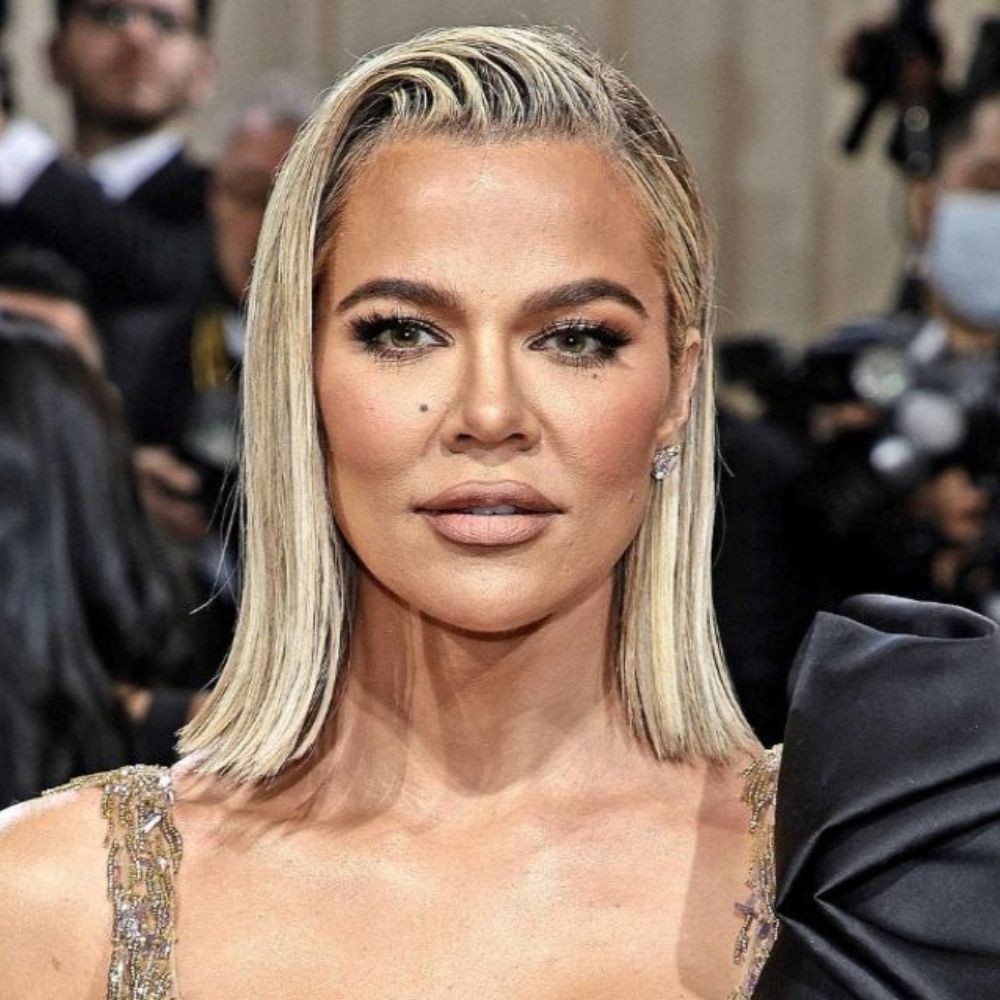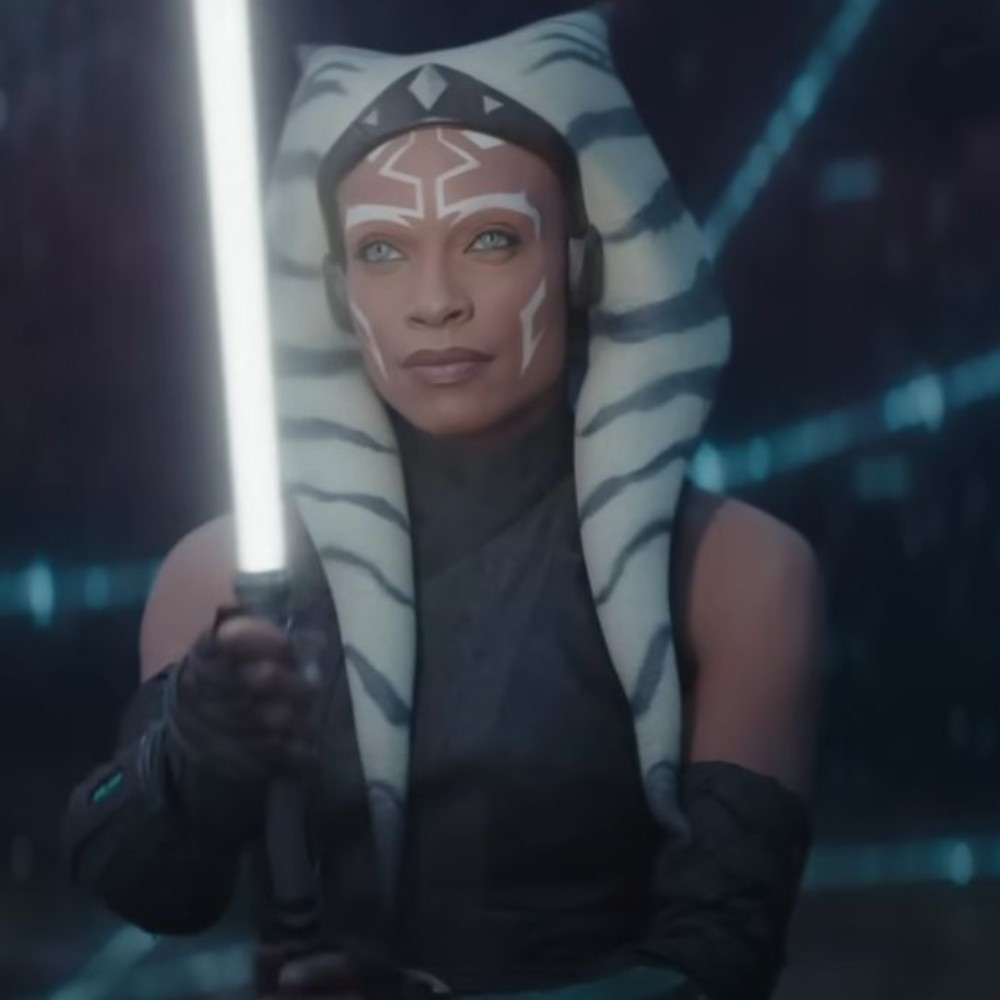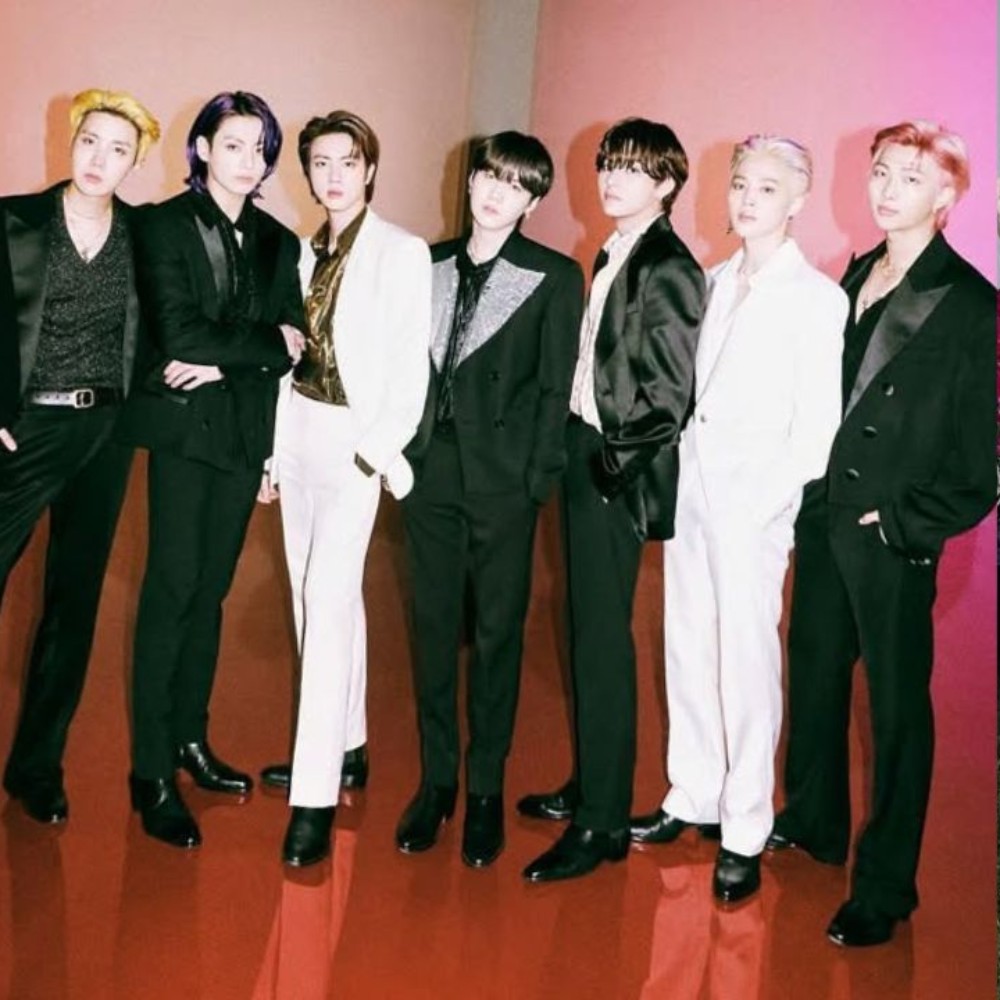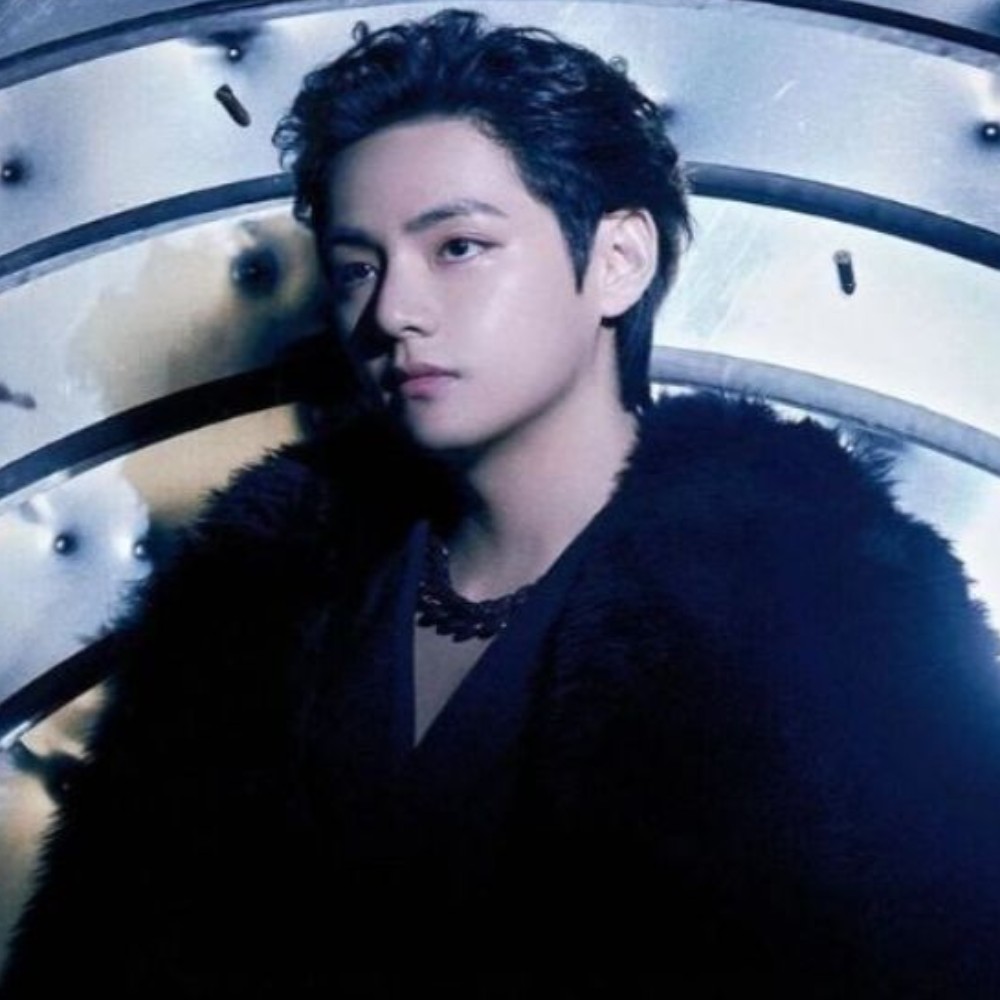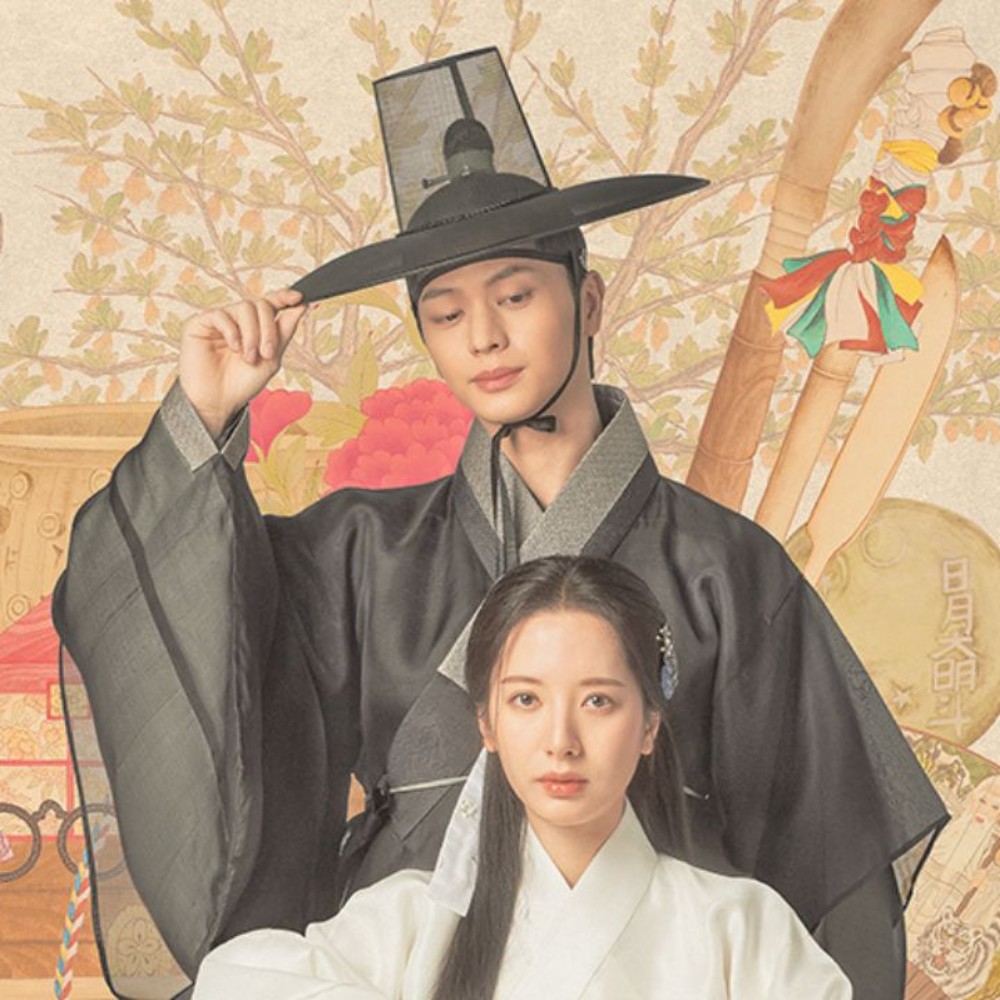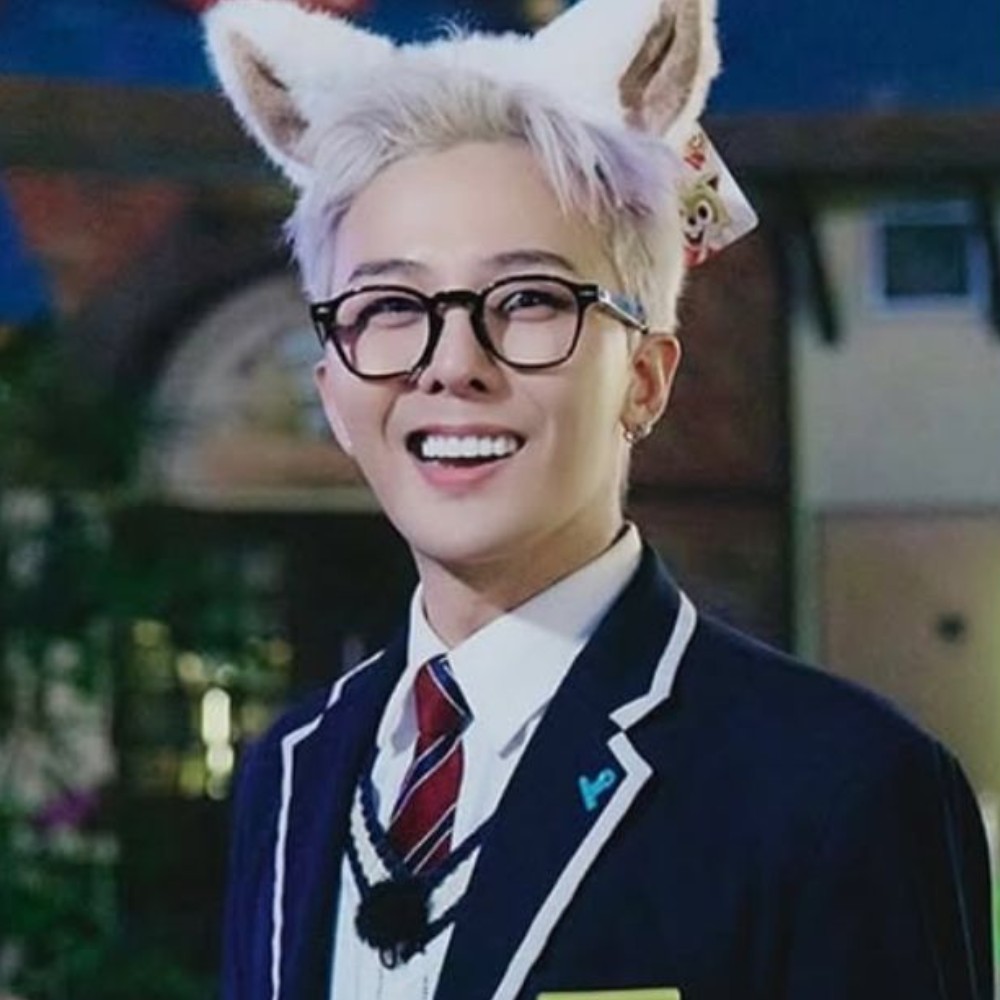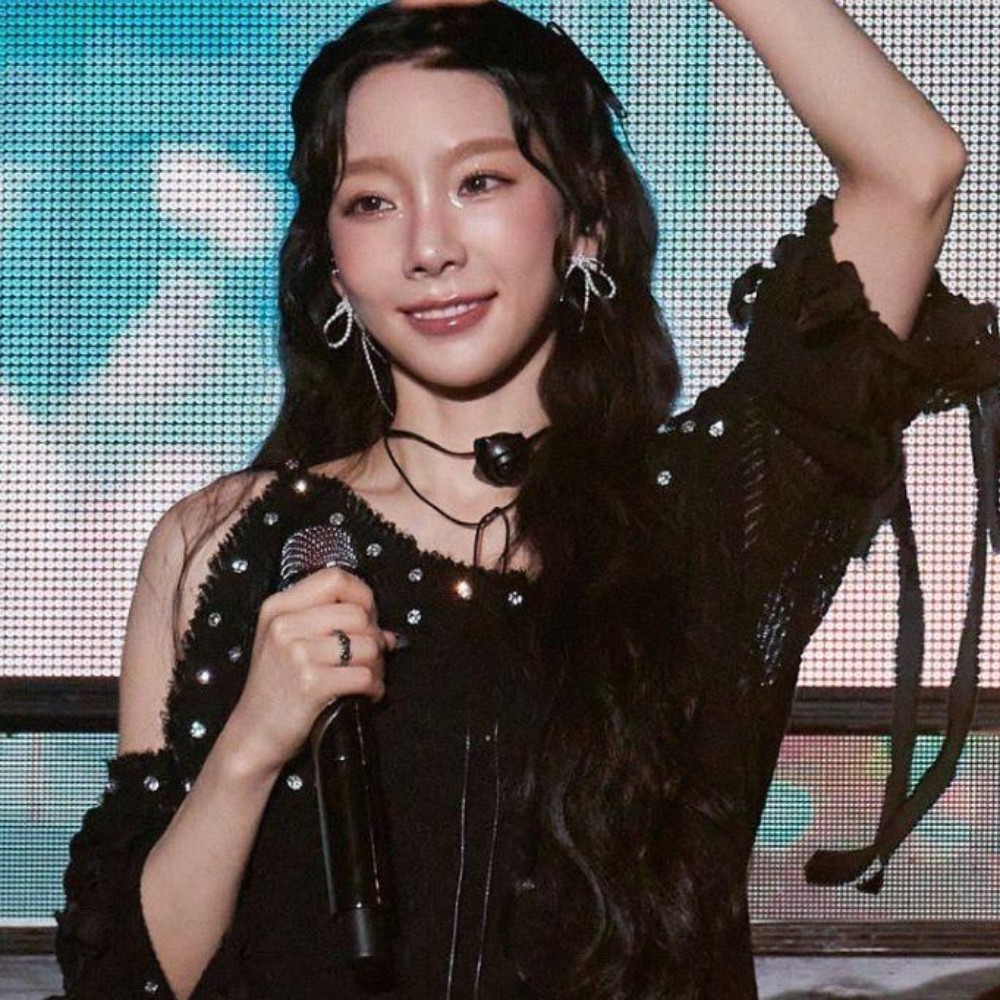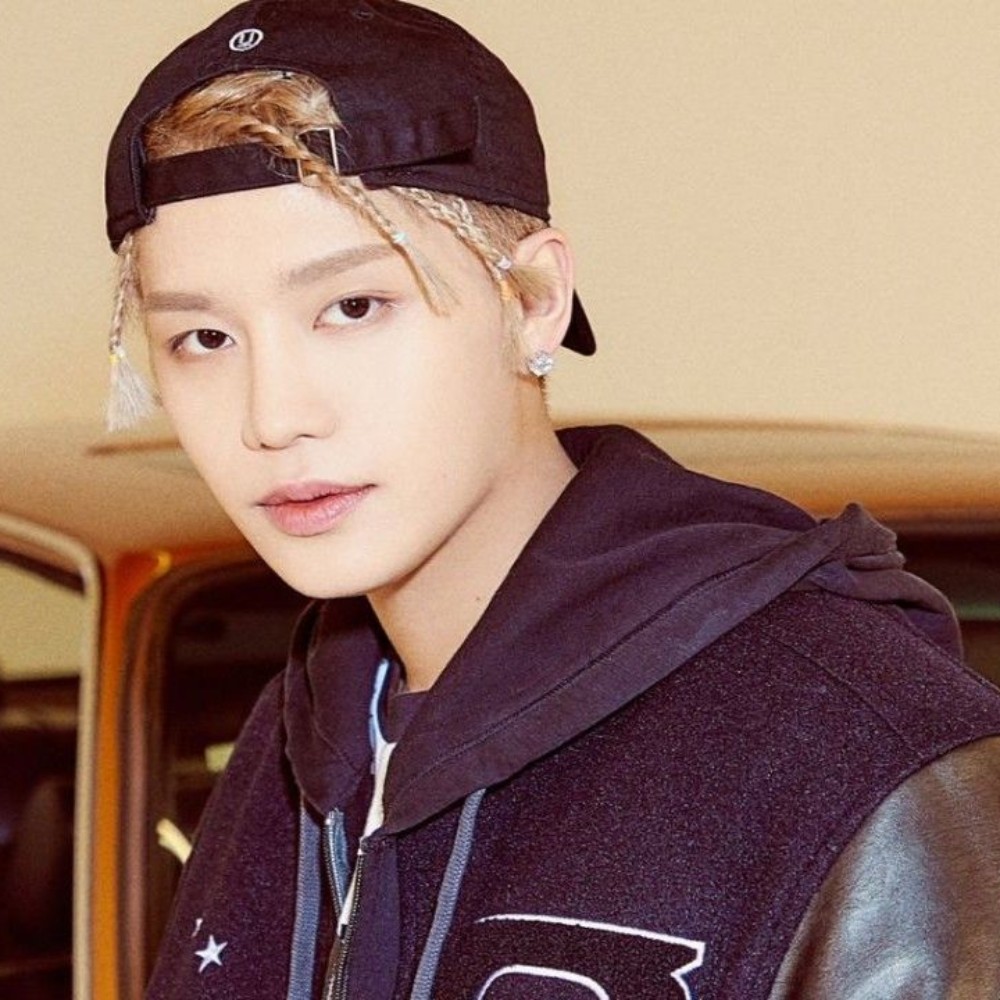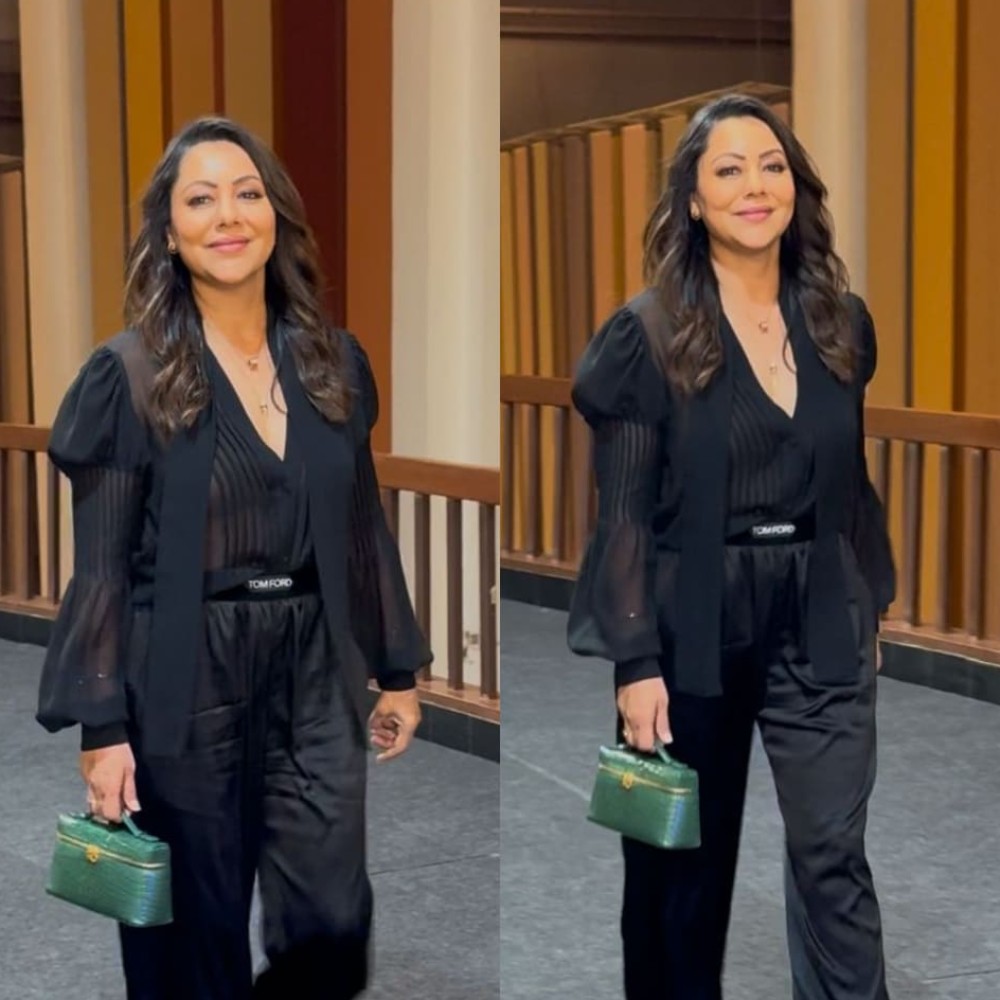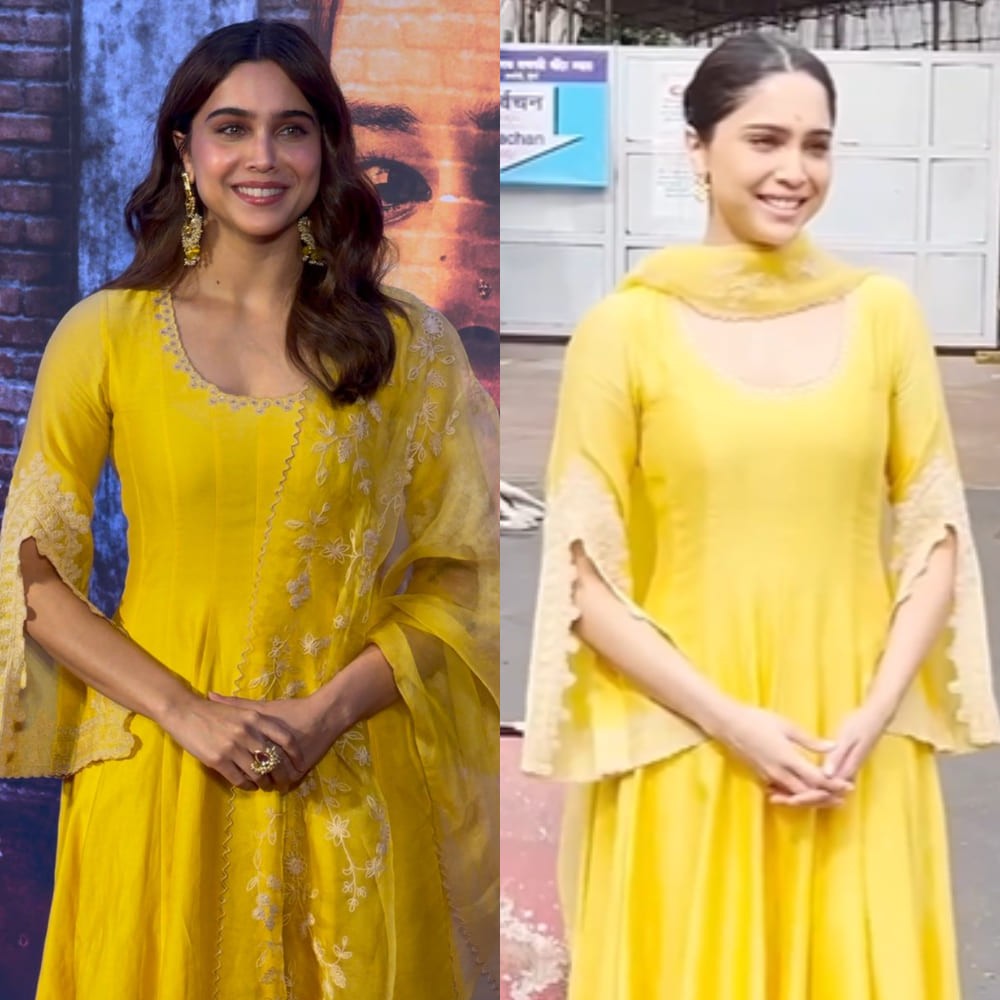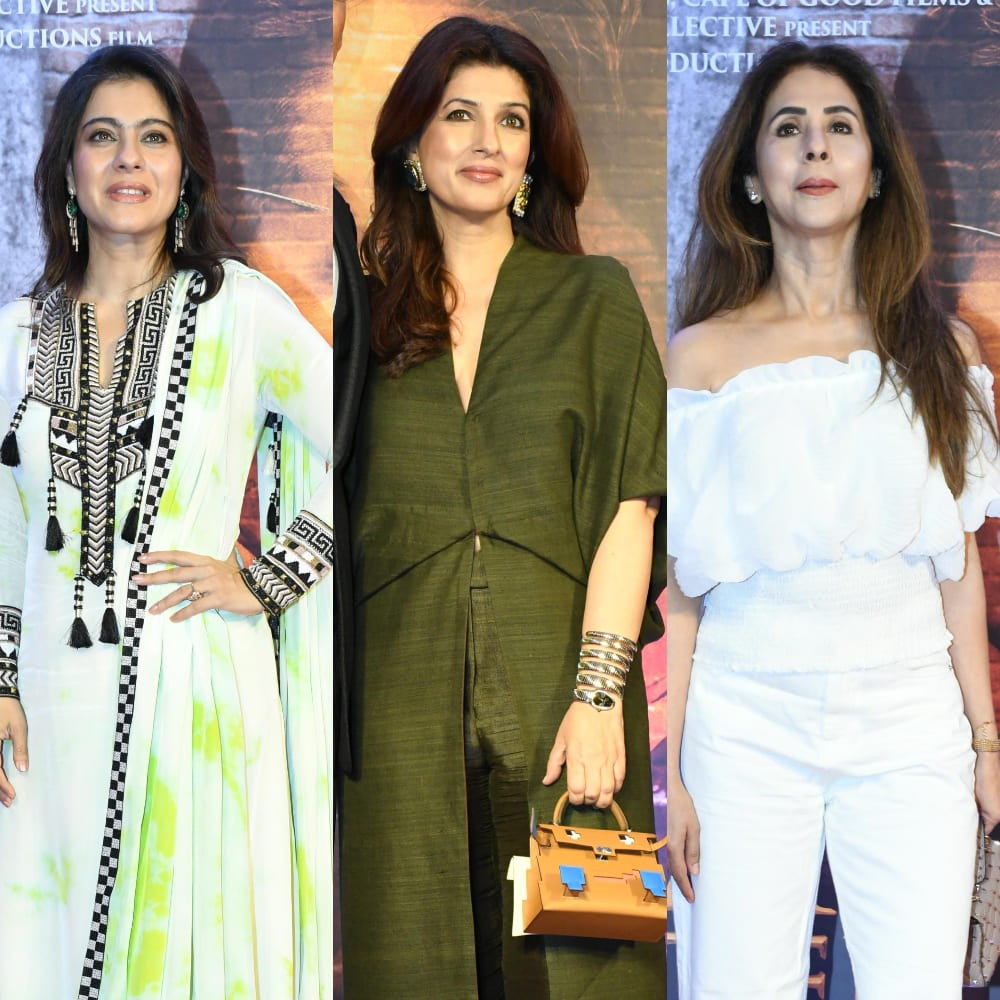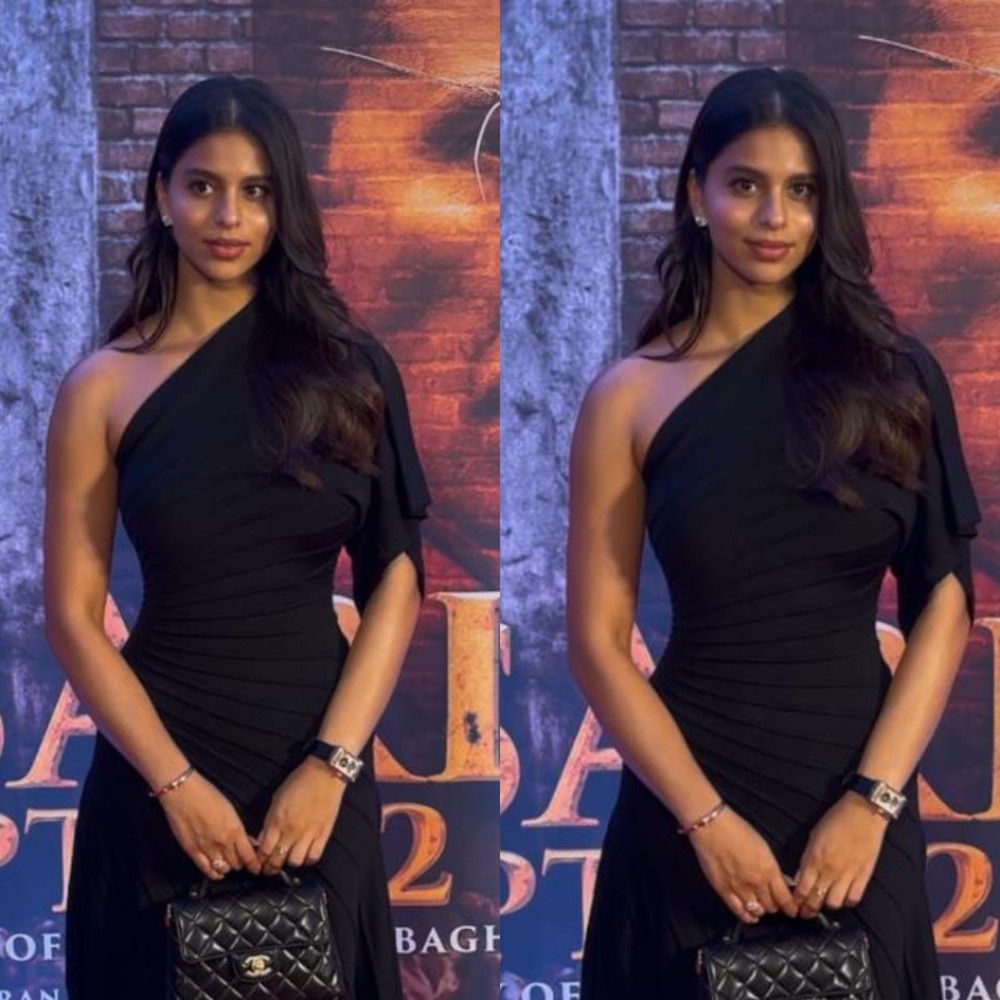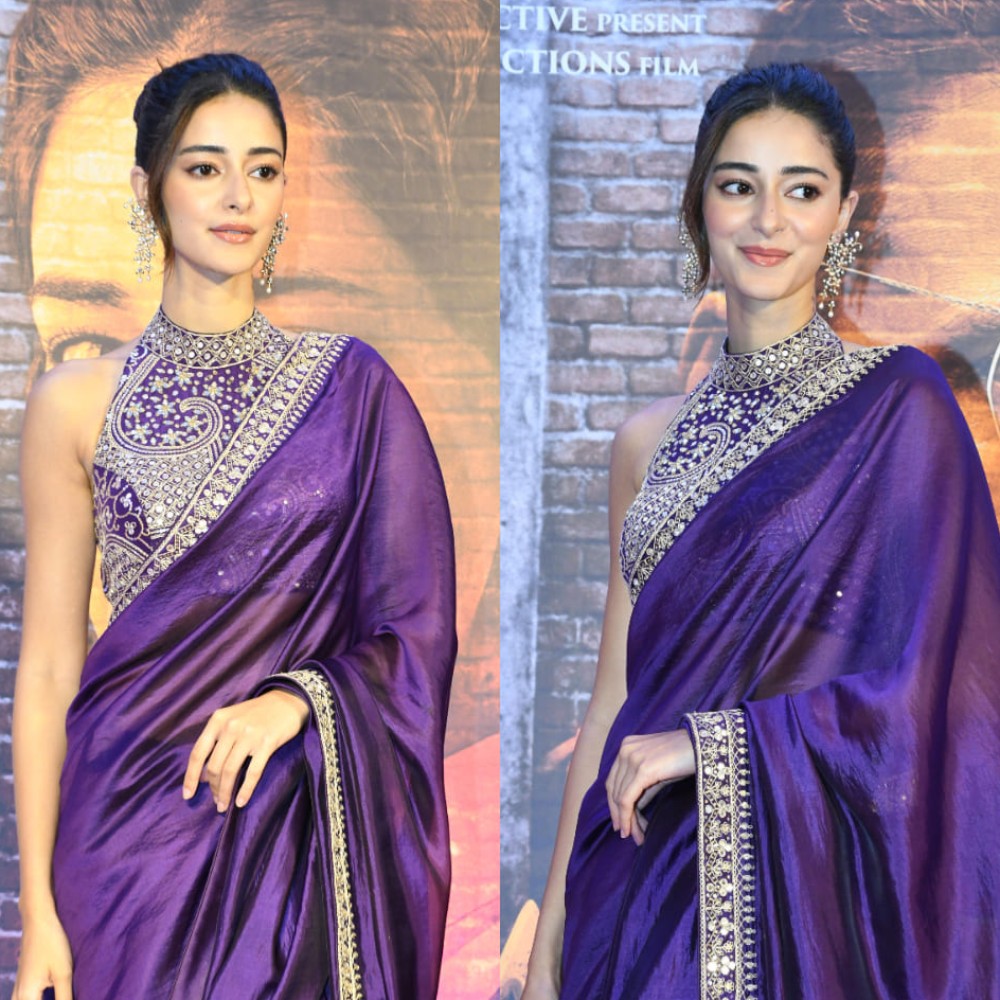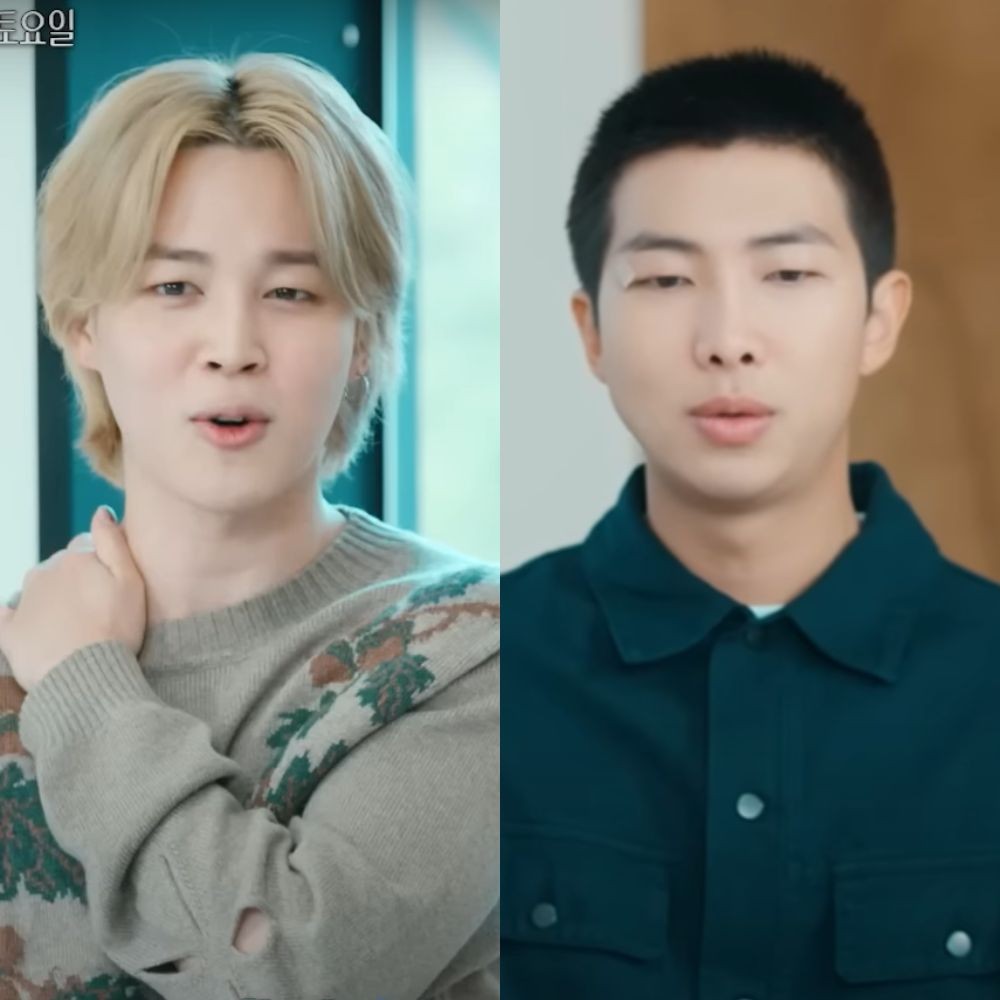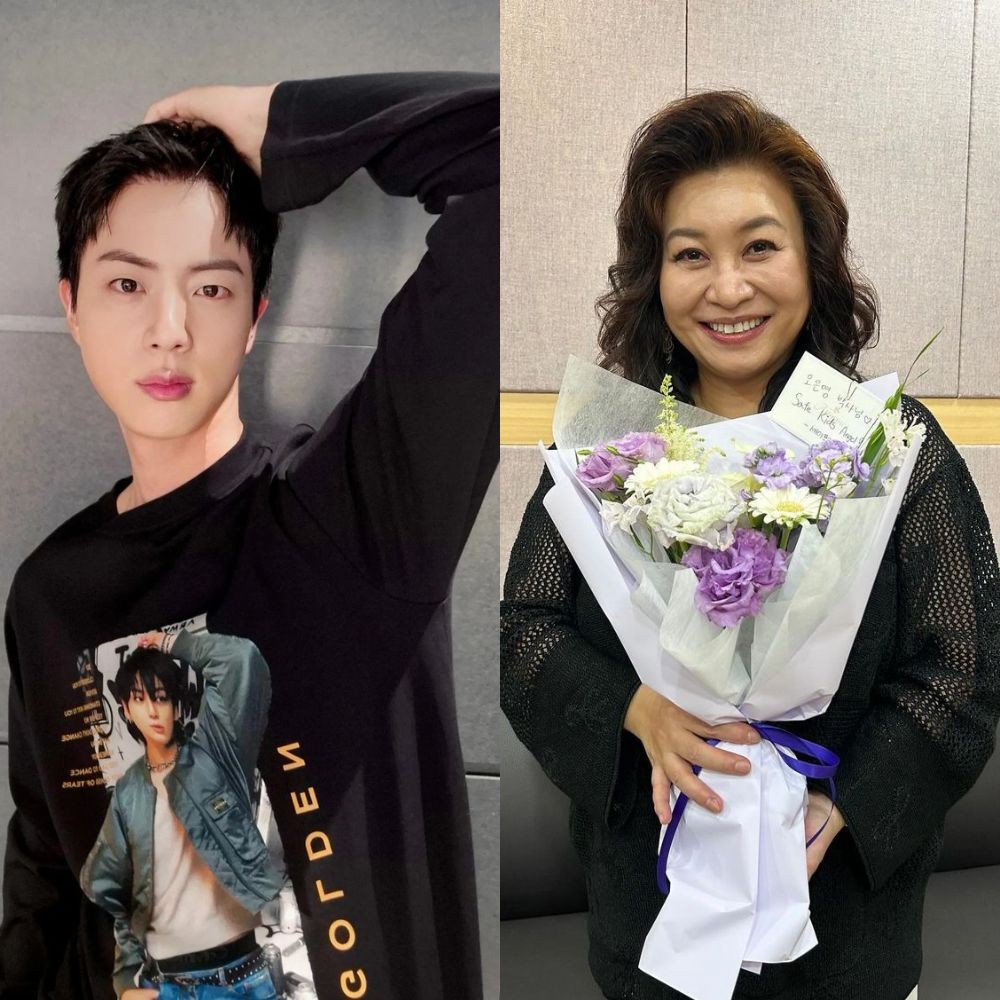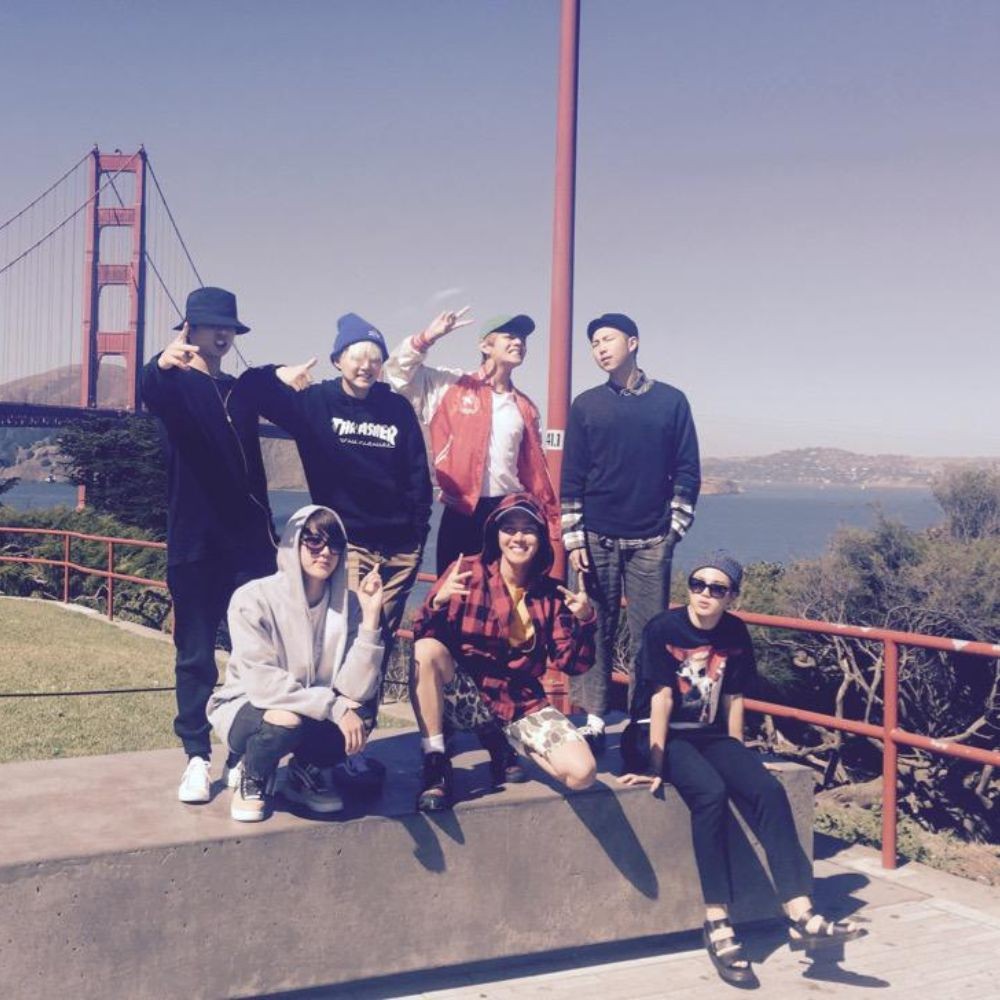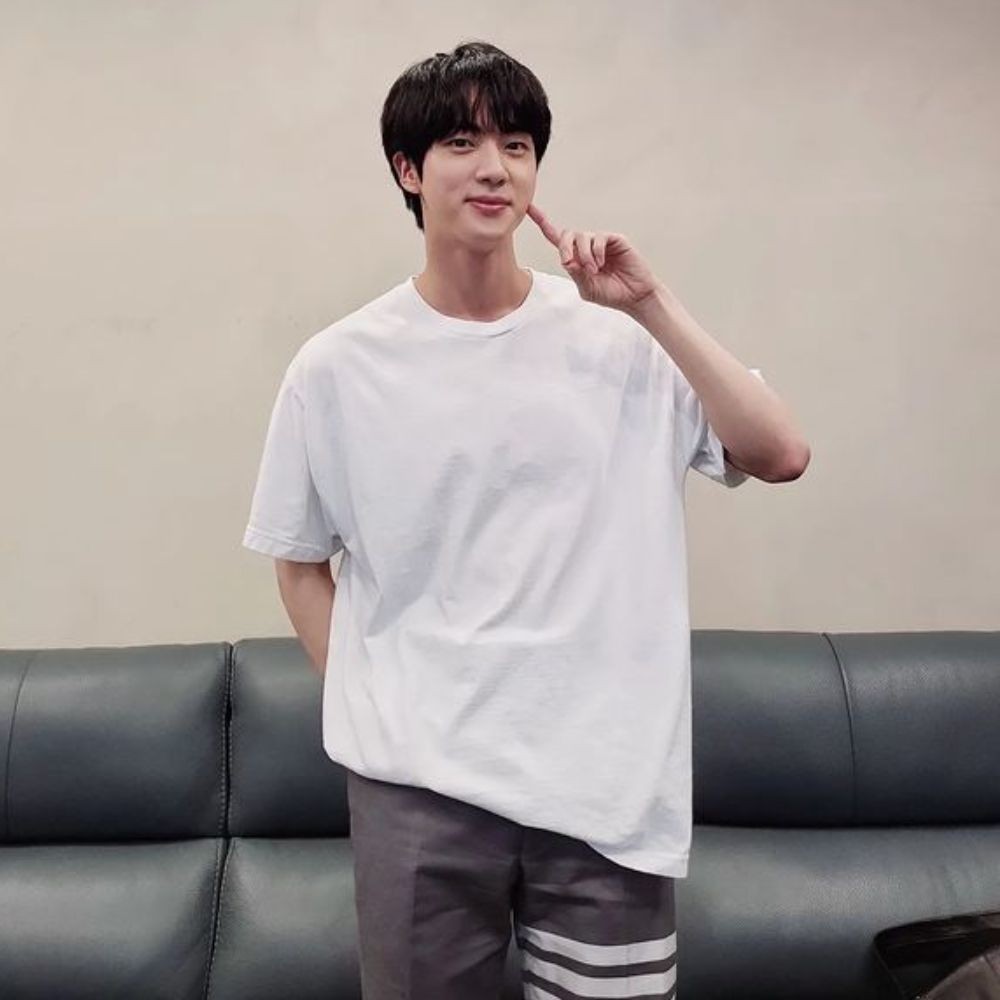From absurdism to The Office crossover; 6 fan theories decoding BTS' RM artistic marvel LOST!
BTS' leader RM has finally revealed the much-awaited LOST! music video from his new album Right Place, Wrong Person. Here are some fan theories trying to understand it.
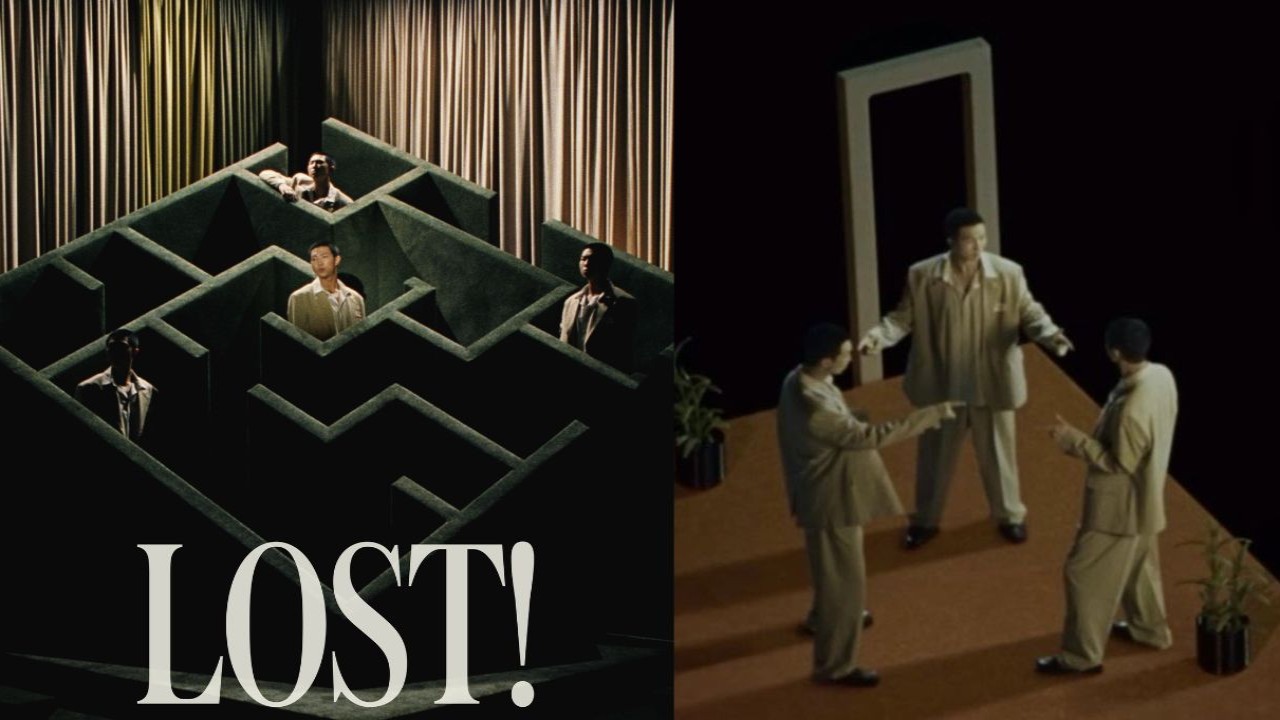
-
BTS' RM released the music video for LOST! from his new album Right Place, Wrong Person on May 24
-
6 fan theories breaking down RM's LOST! music video; absurdism, The Office crossover and more
BTS' RM has just unveiled the music video for LOST! from his new album Right Place, Wrong Person on May 24. The video has already sparked a wave of fan theories, delving into its rich symbolism and narrative depth.
Among the most intriguing interpretations are themes of absurdism and a surprising crossover with the TV show The Office. Here are six fan theories breaking down the complex layers of RM's LOST! music video.
BTS’ RM marks Right Place, Wrong Place comeback with LOST! music video release
On May 24, BTS' RM premiered the music video for LOST! from his much-awaited solo album Right Place, Wrong Person. The track delves into emotional turmoil, emphasizing the significance of friendship in navigating challenging times. The album, featuring 11 tracks like Nuts, Out of Love, and Come back to me, resonates with the universal theme of not fitting in.
Directed by Aube Perrie, the LOST! music video presents RM and his friends navigating a nightmarish office, symbolizing the search for purpose. With contributions from Kim Hanjoo of Silica Gel and RM's lyrical prowess, the song's personal touch shines through. The video's artistic elements and hidden metaphors enhance its impact, offering viewers a multi-layered experience.
Watch RM’s LOST! Music video here;
Analyzing RM’s LOST! music video based on fan theories
1. What if there’s an RM in a parallel universe who actually works in an office?
Upon seeing RM’s LOST! music video, ARMYs could not help but instantly think of BTS’ 2022 Festa dinner. In the video, the septet’s leader emotionally talked about his imagination where there was a Kim Namjoon in some multiverse who was an ordinary office employee and did not make music at all.
The masterfully presented music video which showcased RM and his colleagues struggling through an official setup making fans reminisce RM’s anecdote from the past.
2. BTS’ RM, Rap Monster and Kim Namjoon are all long lost brothers
In the LOST! music video, RM stands amidst a maze, with multiple figures of himself emerging from various directions. Fans interpret this as a representation of RM's original name, Kim Namjoon, and his alter ego, Rap Monster, all expressing the shared emotion of feeling lost and confused.
3. Does the maze represent RM’s mind?
In RM's LOST! music video, the maze-like setups, from the opening scene to the office setting, suggest various sections of his memory. Fans speculate that RM revisits these rooms to rediscover his true self, believed to be lost somewhere in his past.
4. Is this the perfect The Office X Inside Out X Balming Tiger crossover?
For many fans RM’s LOST! music video seems like a perfect blend of the sitcom The Office, the movie Inside Out and gives the vibes of Balming Tiger’s music video.
The ariel shots in the music video showing RM and his colleagues trying to get out of the workplace draw a resemblance to the actual sitcom while the music video starts with an animated creature introducing the maze as RM’s brain which is similar to the concept of the iconic film Inside Out.
5. LOST! Music video is actual presentation of feeling lost
Certain fans perceive RM's LOST! music video as a literal portrayal of being lost, with his only escape route leading back to the stage. This interpretation suggests that RM might have briefly considered a conventional 9-to-5 lifestyle, depicted by the office setting, but ultimately realizes his true calling as a performer and artist.
6. Does RM’s LOST! music video hints at absurdism?
RM's LOST music video embraces absurdism by challenging viewer expectations, presenting a world that's illogical and nonsensical. Through surreal imagery and unconventional narrative elements, it invites audiences to question conventional interpretations and embrace ambiguity.





 JOIN OUR WHATSAPP CHANNEL
JOIN OUR WHATSAPP CHANNEL
